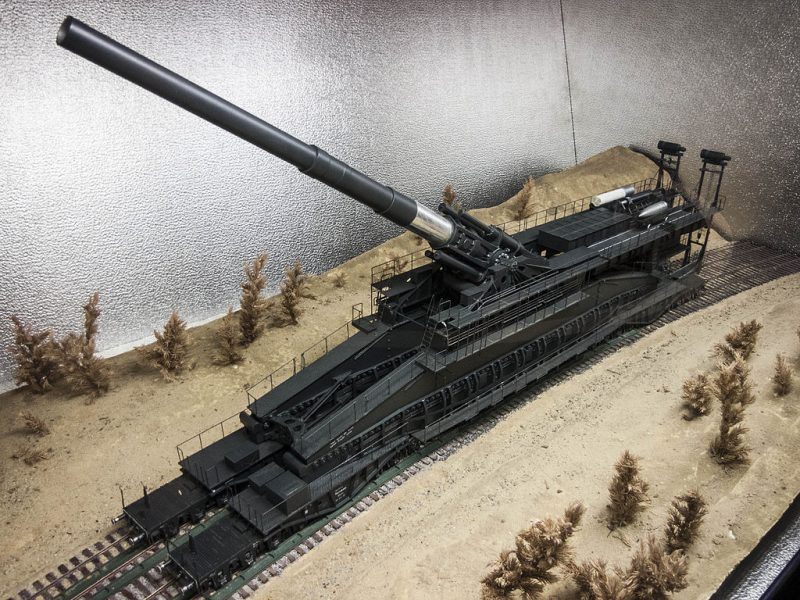
At the beginning of World War II, the Nazi leader, Adolf Hitler, eager to invade France, demanded the construction of a new weapon that could penetrate the concrete fortifications of the French Maginot Line, the only major physical obstacle that stood between the Nazi army and the rest of Western Europe.
In 1941, a year after the invasion of France, the German arms manufacturer and metallurgist, Gustav Krupp, presented a huge cannon, which he offered for free to Hitler’s army, in order to show its contribution to the war effort, according to the historian C. Peter Chen.
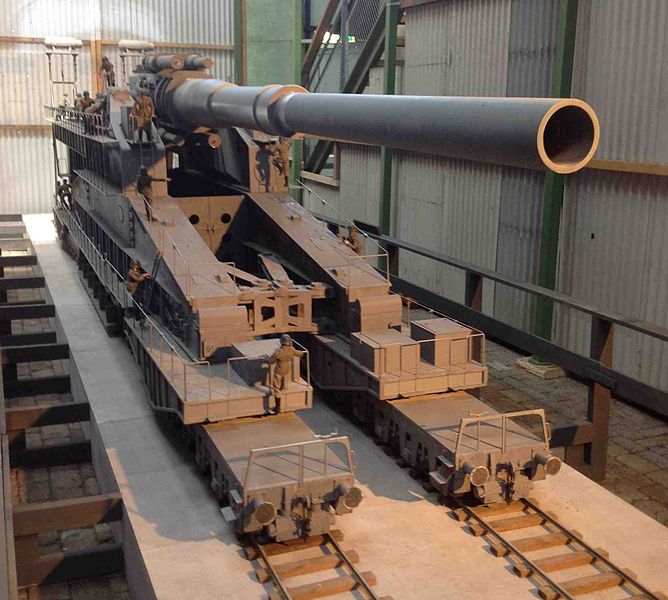
The new weapon was a gun about 12 meters high, 47 meters long, weighing 1,350 tonnes and was firing 10 tonnes shells through a 30 meters long pipe. 22 people could sit aligned on the barrel of the gun. The impressive weapon became known as the “Great Gustav”.
Two guns of this type were ordered, the second one being named Dora. Dora was the second gun produced. and It was deployed briefly against Stalingrad, but the Germans had quickly withdrawn it when the Soviets threatened to encircle the weapon. Dora was broken apart before the war ended and was discovered in the west by American troops. 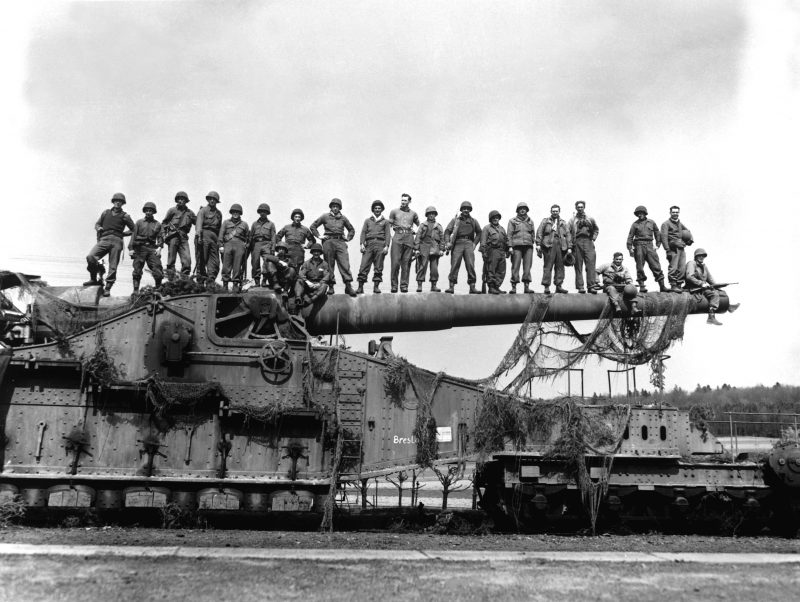
In the spring of 1942, the Gustav cannon was first used during the siege of Sevastopol in Crimea. The gun fired 300 shells on Sevastopol.
In time, however, the Nazis were to learn that this impressive weapon had a high number of major drawbacks: it was an easy target to spot by Allied aircraft pilots and due to its weight, it could only be transported on a dedicated track which, was very expensive and the Germans were forced to build it in advance.
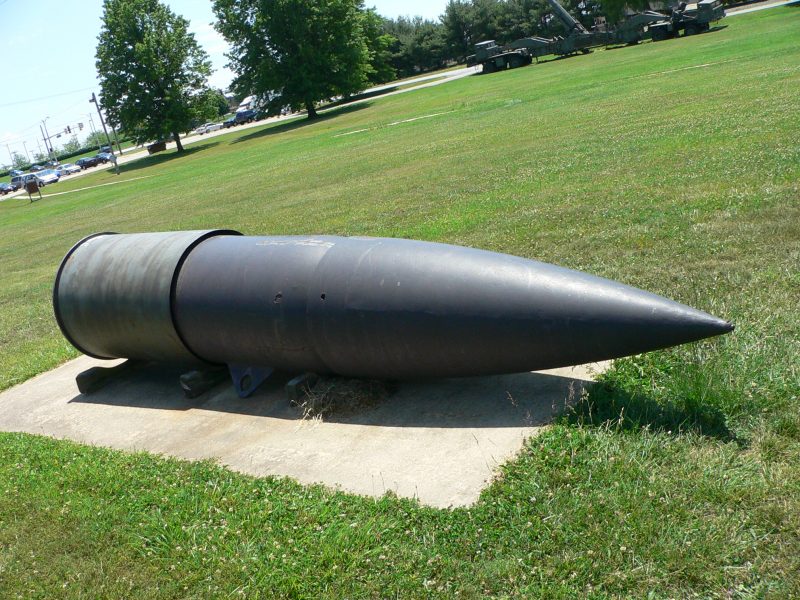
The Gustav cannon needed 2,000 people. The majority of these people were tasked with providing air cover for the gun and not were involved with the actual operation of the gun. The assembly of the five main parts that made up the cannon lasted four days. Also, the calibration of equipment needed in order to shoot one shell took several hours, which meant that the gun could only shoot 14 rounds per day.
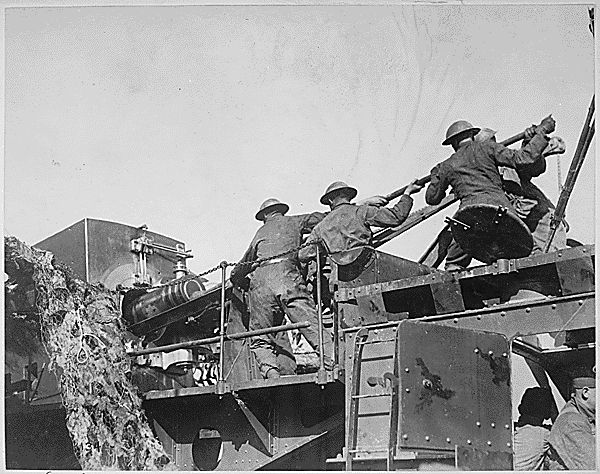
Over a year after its first use, the Nazis gave up using the Gustav gun. The gun appears to have been destroyed to prevent its capture some time before 22 April 1945, but other sources state that the great weapon was captured and disassembled by the Russians.